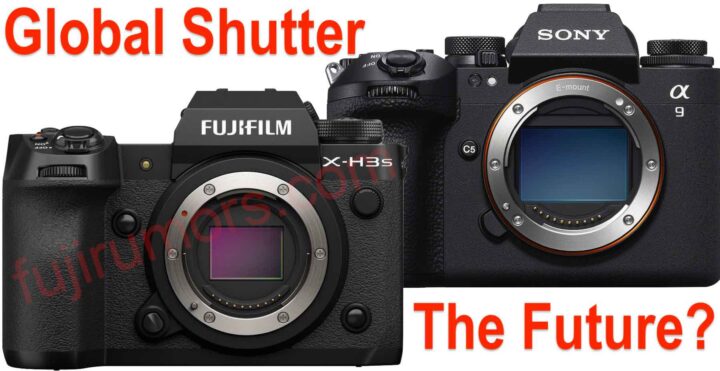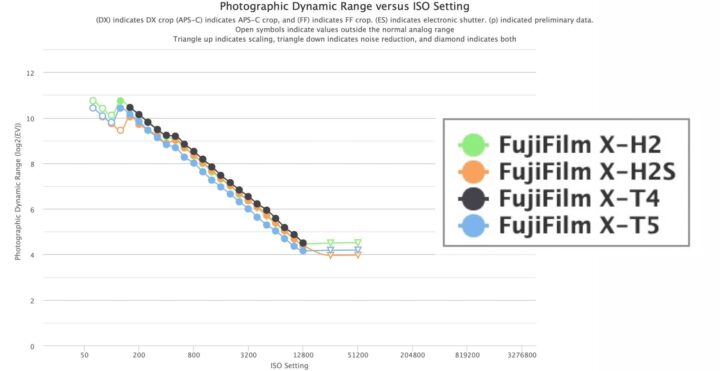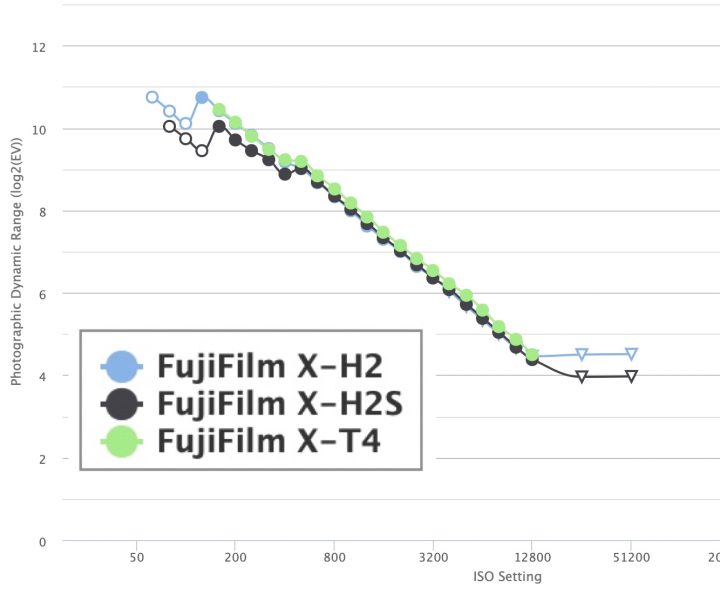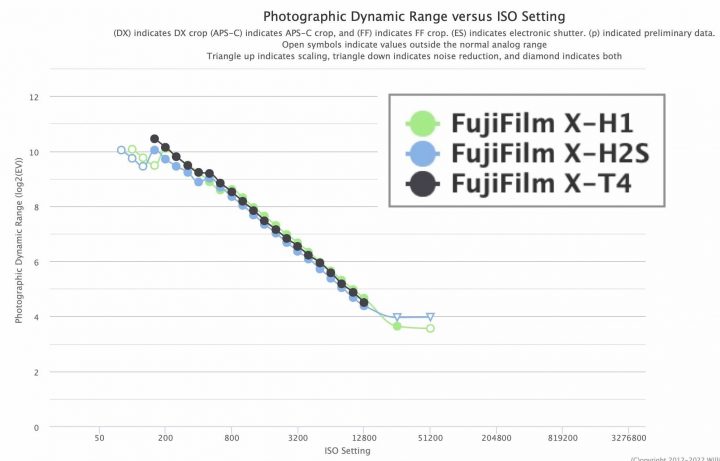Fujifilm X100VI (vs X100V and Co) Dynamic Range Test Debunks Myth that Higher Megapixels Mean Lower Dynamic Range
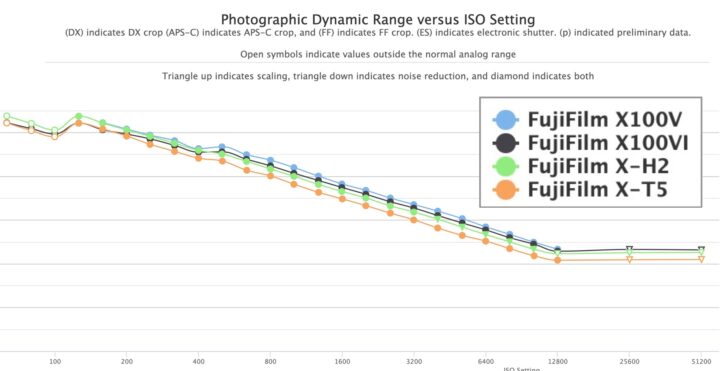
- Fujifilm X100VI in USA
USA: BHphoto (black & silver) / Amazon (black & silver) / Adorama / Moment / Nuzira
There was one “negative” I’ve heard about the Fujifilm X100VI in several “thoughts” videos and blog posts about it: more megapixel means it will have worst dynamic range and high ISO noise performance over the X100V.
Sadly that’s a myth that is difficult to erase from the photography community, even if hardcore data shows that this is not the case. This is evident (again) in the data available to us today.
According to sensor measurement data of Bill Claff at Photons to Photos, the dynamic range performance of the Fujifilm X100VI is pretty much identical to the one of the X100V, even though it has 40MP as opposed to the 26MP of the X100V.
And if you’re concerned about high ISO noise, opt for the X100VI rather than the X100V. The higher megapixel count results in smaller color noise blocks compared to the X100V. This not only enhances the sharpness of your images but also allows for more effective noise reduction in post-processing, as discussed in detail here.
The real question is: why does the Fujifilm X-H2 have even better dynamic range than the X100VI at base ISO, despite using the same sensor, and why there are slight differences between various 40MP sensor cameras.
You can access the data and make your own comparisons at Photons to Photos.
|
Camera Model |
Maximum PDR |
Low Light ISO |
Low Light EV |
| Fujifilm X100VI | 10.44 | 3287 | 10.04 |
| Fujifilm X100V | 10.44 | 3728 | 10.22 |
| Fujifilm X-H2 | 10.75 | 2854 | 9.83 |
| Fujifilm X-T5 | 10.43 | 2230 | 9.48 |
- Fujifilm X100VI in USA
USA: BHphoto (black & silver) / Amazon (black & silver) / Adorama / Moment / Nuzira - Fujifilm X100VI in EUR, UK, CA and More
UK: WexPhotoVideoUK / AmazonUK / ParkCameraUK
GER: AmazonDE / CalumetDE / FotoErhardt / Fotokoch
CAN: AmazonCA
EUR: AmazonFR / AmazonIT / AmazonES / AmazonNL / PCHstore / 50.8 Shop
Worldwide: Amazon of Your Country

